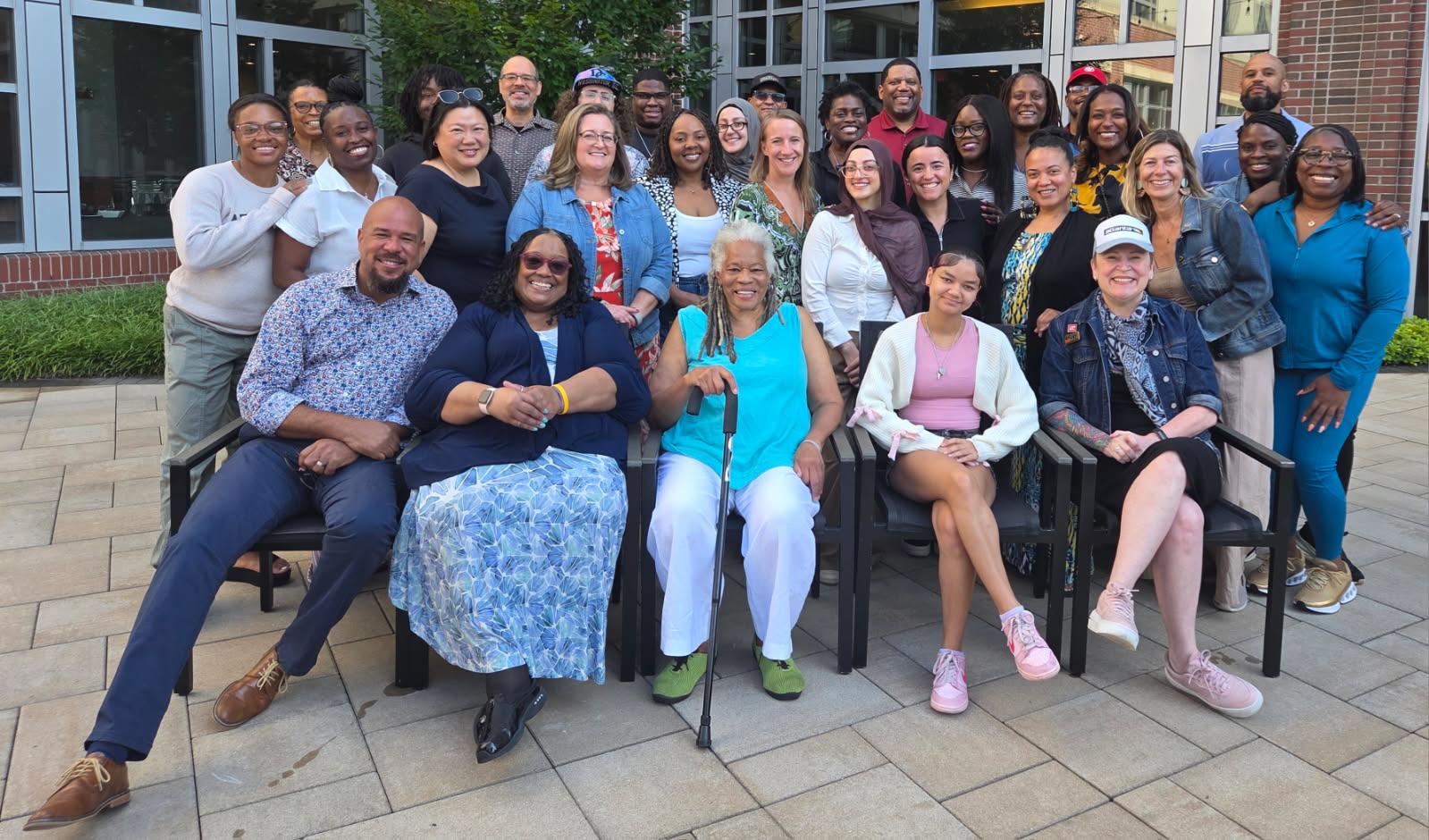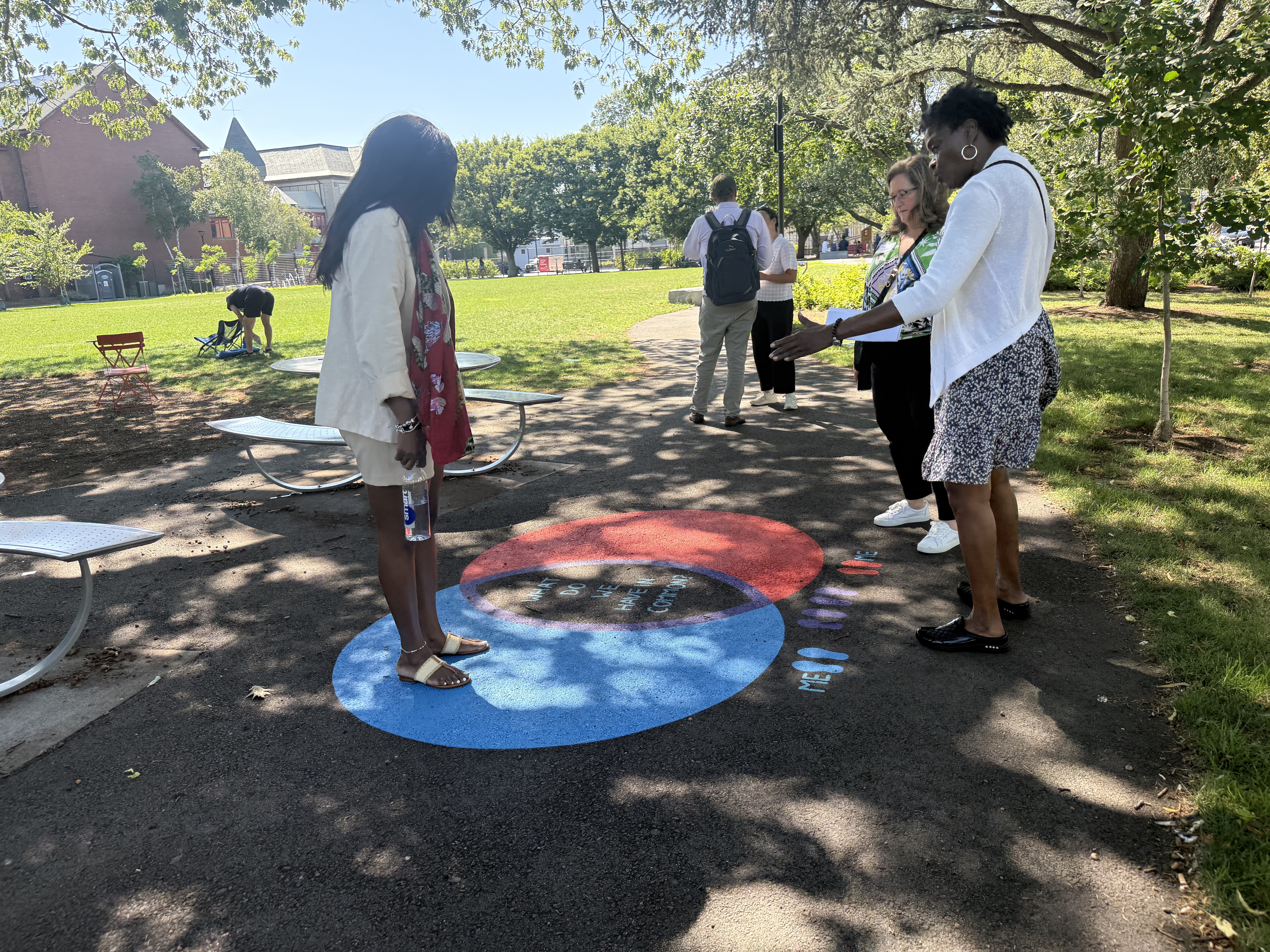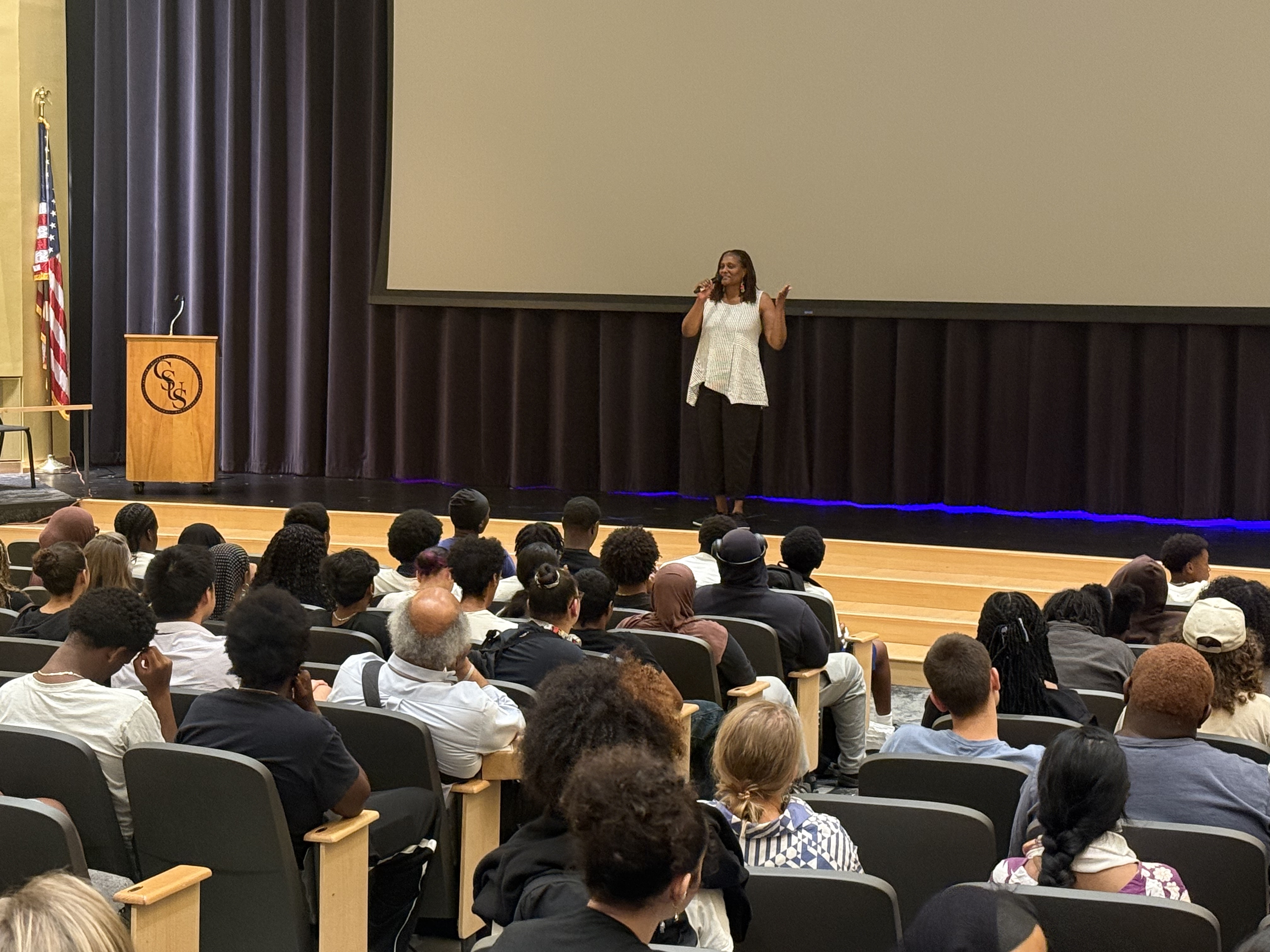
In July 2025, the Bob Moses Research Center welcomed educators, youth advocates, and systems leaders from across the country to Cambridge, Massachusetts, for a three-day learning journey co-designed with the Annie E. Casey Foundation’s Atlanta Civic Site. The visit was part of Changing the Odds, a collaborative initiative focused on disrupting patterns of exclusion and reimagining opportunity for young people; especially in communities that have historically been denied access to meaningful math learning.
The journey centered one urgent truth: math literacy determines who gets to understand, challenge, and reimagine the systems shaping our lives. As data, AI, and algorithmic systems increasingly influence civic life, economic mobility, and public decision-making, math has become a gatekeeper; not just to jobs, but to agency.
Participants came from public school districts, statewide networks, national foundations, universities, and community-based organizations. Some work in classrooms. Others shape policy. All arrived carrying questions about how to make math relevant, powerful, and possible for the communities they serve.
In South Atlanta, fewer than one in three fourth-grader students is proficient in math. By eighth grade, nearly 70% are below grade level. This learning journey brought those realities into sharp focus and invited participants to imagine what could be built in their place.
Seeing What’s Possible
Over three days, participants explored a range of programs and environments rooted in the legacy of Bob Moses and the organizing work that continues to grow from it.

They visited the Accessible Calculus Project at Cambridge Rindge and Latin School, where students were tackling high-level math in spaces designed around clarity, confidence, and care. They met Math Literacy Workers from the Young People’s Project, high school and college students teaching middle schoolers math through play, questioning, and collaboration.
At MathTalk’s Math Trail, they walked through public spaces designed for joyful, intergenerational math learning. They also viewed a private screening of Counted Out, a forthcoming film chronicling the national math literacy crisis and the movements working to address it.
“This Learning Journey deepened our resolve to disrupt the quadratic glass ceiling that too often limits what young people in our communities believe is possible,” said Rubye Sullivan, Senior Associate for Educational Achievement at the Annie E. Casey Foundation’s Atlanta Civic Site. “I’m profoundly grateful to our Atlanta partners for showing up with such vision and purpose and to the Bob Moses Research Center and the leaders in Cambridge who are carrying forward the legacy of Bob Moses with brilliance, love, and unwavering commitment to math literacy as a lever for liberation.”
A New Blueprint for Shared Work

The final day of the journey invited reflection and action. In small group dialogues, participants mapped next steps for their local communities:
- Reimagine public spaces as places where math is visible, joyful, and culturally grounded
- Strengthen pipelines for math educators who reflect the experiences and brilliance of the students they teach
- Position youth as designers, mentors, and storytellers of math learning; both in and out of school
These ideas were rooted in what participants had seen, heard, and experienced together over the course of the journey. For many, the power of the trip came not just from the content, but from the way the learning unfolded.
“We didn’t want this to feel like a site visit,” said Dr. Brian Williams, Executive Director of the Bob Moses Research Center. “We wanted it to feel like a call. Participants listened to students explain exponential functions using games they helped design. They walked through neighborhoods where math was printed on fences and built into benches. They saw that math doesn’t have to be intimidating. It can be beautiful. It can belong to all of us.”
At its core, a learning journey is an act of shared intention. It is a decision to step away from daily routines and into a space where we can think together across roles, across regions, across lived experience. It is about building our collective understanding of a problem and opening up our collective imagination to create a better way forward.
The participants who gathered in Cambridge did not just witness promising practices. They felt what it means to move together toward a vision where every young person has the tools to thrive in a math-rich, data-driven world. That movement continues, one relationship, one classroom, and one city at a time.